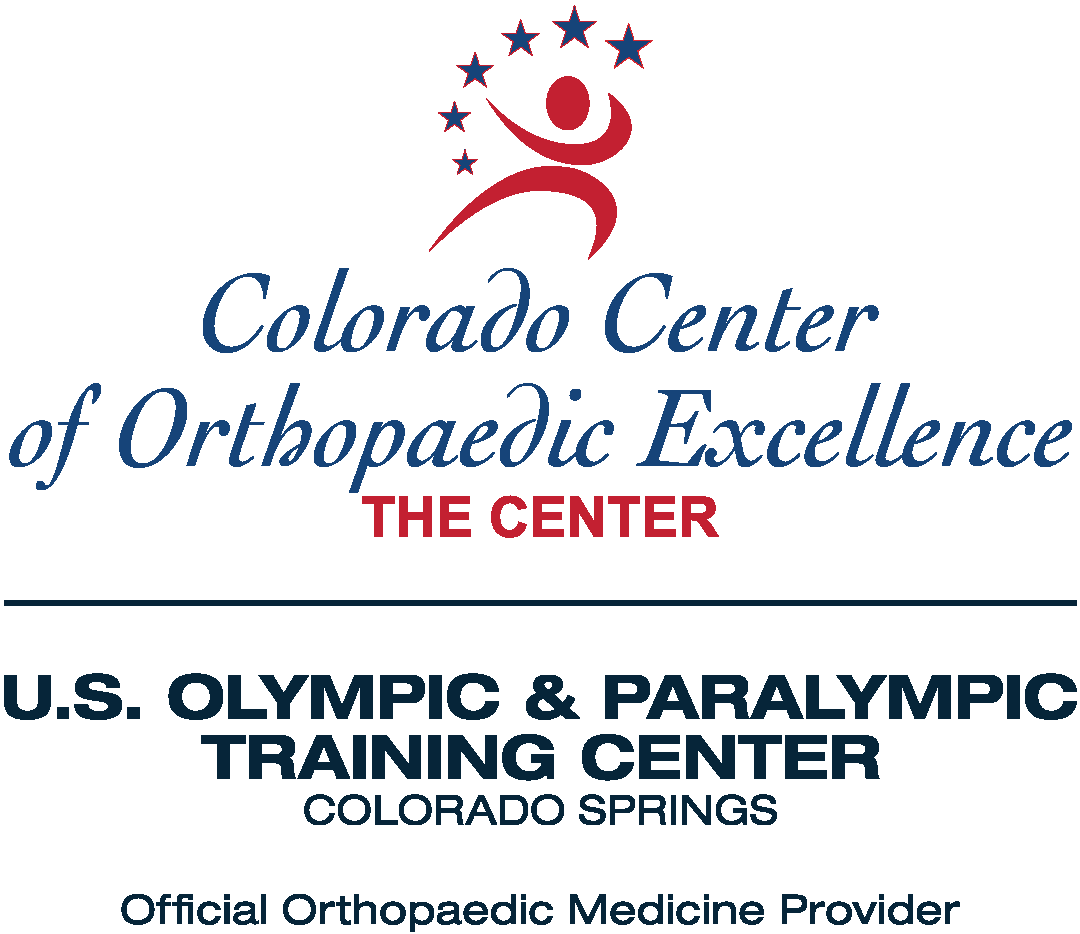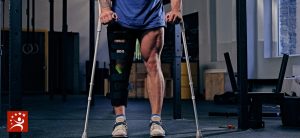An acetabular fracture is a break in the hip socket. These are relatively rare injuries and are extremely challenging orthopedic injuries to repair. This is because, at times, an acetabular fracture leaves multiple small fragments of fractured bone and cartilage, “puzzle pieces” that must be brought back together to restore hip function and mobility. Additionally, a fracture located in certain regions can be challenging to work in and fraught with risk. That’s why it is important to choose a surgeon wisely. As soon as possible, you should see one of the highly experienced orthopedic specialists at the Colorado Center of Orthopaedic Excellence in Colorado Springs, Colorado. You can trust them to get the best outcome.
OVERVIEW
An acetabular fracture is a break in the acetabulum, which is the socket part of the hip joint. Relative to most hip fractures, acetabular fractures are uncommon. They occur much less frequently than fractures of the upper femur or femoral head (the “ball” portion of the joint). These fractures occur in both younger and older patients. Acetabular fractures can interrupt the blood supply to your acetabulum bone. Without the correct blood supply, your bone cells die. If the injury is misdiagnosed, the femoral head (top of the thigh bone) can rub within the acetabulum (hip socket) and cause cartilage damage. If the cartilage is damaged too much, there is a risk of early-onset arthritis in the hip.
ABOUT THE HIP
The hip joint is a “ball-and-socket” joint that is made up of the acetabulum and the femoral head. The acetabulum is the socket or cup, while the femoral head is the ball. The acetabulum is part of the pelvis. Both the femoral head and acetabulum have cartilage on the surface of the bone to allow frictionless movement, letting one walk and move the hip. If the acetabulum is broken and the pieces are displaced, the hip can be unstable, dislocating, and causing significant pain and disability.
WHAT IS AN ACETABULAR FRACTURE?
Acetabular fractures can occur on the left or right hip and may break in one of 10 different places and in different ways called patterns. These patterns are based on location, orientation, or in combination. Acetabular fractures include:
- Anterior wall fractures: An anterior wall acetabular fracture is a break in the front column of bone or area around the bony rim (wall) of the hip socket.
- Posterior wall fractures: A posterior wall acetabular fracture is a break in the back column of bone or area around the bony rim (wall) of the hip socket.
- Transverse fractures: A transverse acetabular fracture means the acetabulum broke at a 90-degree angle or perpendicular to the long part of your bone.
- Comminuted fractures: A comminuted acetabular fracture means the acetabulum broke into more than two fragments.
- Stress fractures: An acetabular stress fracture is a small crack in your acetabulum bone. This type of fracture happens because of overuse or repeated stress put on the acetabulum bone.
CAUSES
In general, the bone of the pelvis and acetabulum is very strong, and it takes a lot of force to create a fracture (break). The causes of an acetabular fracture are different in the young and elderly. In the young, this fracture results when a force drives the head of the femur against the acetabulum. This force can be transmitted from the knee (such as hitting the knee against the dashboard in a head-on car collision) or from the side (such as falling off a ladder directly onto the hip). An acetabular fracture can also be the result of a motorcycle accident. In the elderly, an acetabular fracture can occur due to weak or insufficient bone, often caused by osteoporosis. This means just a simple fall from a standing position can cause this type of fracture.
SYMPTOMS
An acetabulum fracture causes severe hip pain but may also cause diffuse pain in the groin and leg. The pain is sometimes worsened with movement. If any nerves have been damaged, there may be numbness or a tingling sensation down the leg.
NON-SURGICAL TREATMENTS
Treatment for an acetabular fracture depends on the pattern of the fracture and the severity of the injury. If the fracture is stable and the bones are in place, surgery may not be necessary. A healthcare provider may recommend:
- Crutches or a walker: Until the bones are fully healed, it won’t be possible to put any weight on the leg. One may be on crutches or a walker for up to 12 weeks.
- Leg-positioning device: This involves restricting the positioning of the hip. An abduction pillow or knee immobilizer may be used to keep the hip in place.
- Pain relievers: Medication can help with pain, such as non-steroidal anti-inflammatory drugs (NSAIDS) or local anesthetics
- Anticoagulants (blood thinners): Blood thinners help reduce the risk of blood clots forming in the veins of your legs.
WHEN IS SURGERY INDICATED?
If non-operative care is chosen, regular follow-up care and X-rays are important to ensure that the fracture stays in a good position and heals properly. One fall or continued lack of compliance with early walking against medical advice can cause bones to move and result in the need for surgery. Depending on the pattern and severity of the fracture, surgery may also be required. Most surgeons like to fix these fractures as soon as possible. However, since many patients have other injuries and are too sick or unstable, surgery may be delayed for several days. Because the hip socket can break in many different ways, there are several types of surgery and surgical approaches that can be done to fix the injury. The surgeon will decide which is best for each injury pattern. In most cases, acetabular fractures are fixed with plates and screws. Most of these surgeries are done through very large incisions either placed over the hip and buttock or over the abdomen and pelvis. In some cases, the acetabulum is broken into so many pieces that it cannot be fixed with plates and screws, so a total hip replacement or arthroplasty is required. Diagnosis of an injury to some blood vessels requires urgent surgery.
GETTING THE RIGHT DIAGNOSIS. GETTING THE RIGHT DOCTOR.
Because acetabular fractures can be so complex, you need a surgeon with a lot of experience in diagnosing and treating them. At the Colorado Center of Orthopaedic Excellence in Colorado Springs, Colorado, your surgeon will examine your pelvis, hips, and legs. They will check for nerve damage and examine you for other injuries. An X-ray can show which bones in your hip are broken and if the bone fragments are in place. A CT scan can show the severity of your injury by producing a cross-sectional image of the hip. Acetabular fractures can cause difficult complications, including arthritis, bone collapse, infection, blood clots, and sciatic nerve injury called “drop foot,” which is a condition where you can’t lift your ankle or toes off the floor while walking. This is why you need the best surgeons there are. At CCOE, they’ve treated every kind of acetabular fracture with unfailing success. You can trust you’ll be getting unequaled care with the goal of getting back on your feet pain-free. Schedule an appointment today.








